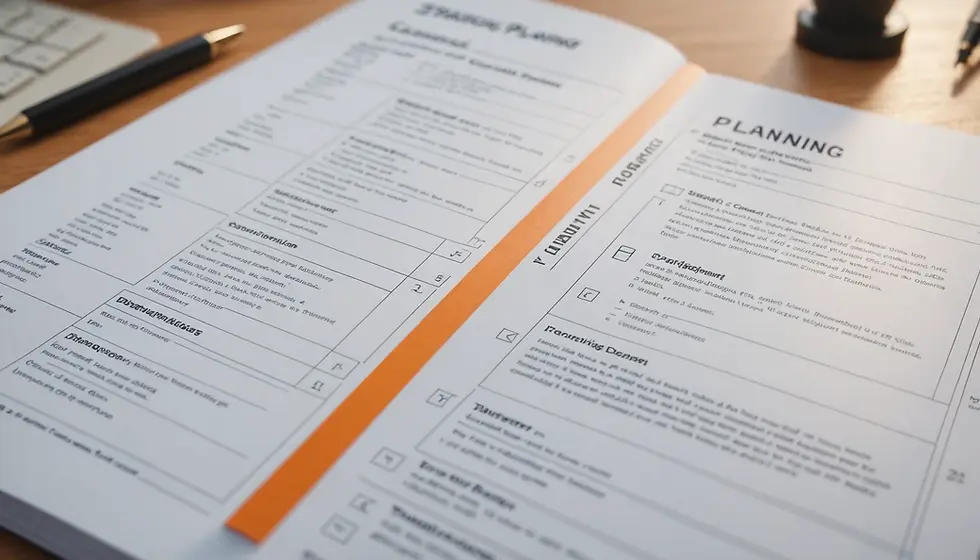The online payment costs in a glance - Credit card, Paypal, Payoneer
- Haim Ratzabi
- Oct 16, 2022
- 3 min read
Once you understand how the online payment process works, the next thing to know is what it all costs and how fees are typically structured. That process can seem complicated, but it doesn’t have to be overwhelming.
Breaking down the credit card processing fees
It’s no surprise that everyone who touches the transaction wants to get paid, including the issuing bank, the credit card associations (Visa, MasterCard, etc.), the merchant bank, and the payment processor. At a basic level, every time you process a transaction, you pay several fees:
A percent of the transaction amount: The issuer gets paid by taking a percentage of each sale, called the interchange. This fee varies depending on a bunch of things, such as industry, sale amount, and type of card used. At last check, there were almost 300 different interchange fees!
Another percent of the transaction amount: Your merchant bank takes a cut by charging you a markup fee, the amount here also varies by industry, amount of sale, monthly processing volume, etc.
An assessment fee: The credit card association (Visa, MasterCard, etc.) also charges a fee, called an assessment.
A dollar amount for every transaction processed: The payment processor (who might also be your merchant bank) makes money by charging a fee every time you process a transaction (whether it’s a sale, a decline, or return – no matter). Plus, it can charge fees for setup, monthly usage, and even account cancellation.
Usually, the first three fees (the percentages) are all added together and quoted as a single rate, while the transaction fee is quoted separately (e.g., 2.9% + $0.30).
How credit card processing fees are packaged
When researching what type of payment processor is best for your needs, you'll likely run into a variety of pricing models for processing credit and debit card transactions. Understanding how these rate structures work can help you choose what's best for your business – without unnecessary costs weighing you down.
1. Flat-rate credit card processing fees.
2. Interchange plus credit card processing fees.
3. Tiered credit card processing fees.
In a tiered pricing model, the processor takes the 300 or so different interchange rates and lumps them into three buckets (or pricing tiers): qualified, mid-qualified, and non-qualified, usually based on the amount of risk associated with the transaction. For reference, a qualified card might have a 2.25 percent transaction rate, while a non-qualified card could have a 3.25 percent rate, depending on the credit card processor.
For more extended details on Credit card fees you can read in the following link: https://bit.ly/3tfhafN
Who is Paypal?
Most people know who PayPal is since the company has been around for decades. The platform has revolutionized financial technology and how people bank online.
After seeking an electronic alternative to paper waste, PayPal was the first to start online banking systems back in the late 90s. This platform is typically a good option simply for the ease of use and familiarity. They support 200 countries and 25 currencies.
With a low barrier to entry, the site is free for both payers and payees to use. Today, there are over 210 million active PayPal accounts in over 156 markets. The brand is known for its flexibility in integrations and partners with leading payment systems.
Who is Payoneer?
Founded in 2005, Payoneer is a financial services brand that’s a platform for online money transfers, digital payments, and providing customers with working capital. They are also a worldwide Member Service Provider of Mastercard. Companies that use Payoneer include Airbnb, Google, and Fiverr.
Payoneer supports over 200 countries with 150 local currencies. The financial payment service gives you the ability to directly withdraw funds with a debit card, as well as send and receive funds domestically and internationally.
Payoneer fees are slightly high at $3 per transfer but are free to receive. If you live in the United States, you can also make payments using an e-check. The Payoneer Billing Service allows you to pay other Payoneer customers with ease, and they also offer a mobile app.
The prepaid Mastercard (not Visa) the brand issues facilitates transferring funds. It can be used as a debit card for any type of transaction, including e-commerce. Payments are sent to Payoneer Mastercard, rather than going into your online account (and then transferring to a local bank account).
For more extended details on the difference between Paypal and Payoneer you can read in the following link: https://bit.ly/2YxujCN
Exchange rate fees
On top of all that when you have a transfer that is not in USD you will be charged approx. 2.6%-3.6% in Paypal and Payoneer for the payment received in your local currency.
Source:
Credit card processing fees: What business owners need to know - https://bit.ly/3tfhafN
The Pros and Cons of Using Payoneer Vs. Paypal for Payments - https://bit.ly/2YxujCN
Save Yourself from Fiverr’s Foreign Exchange Fees - https://bit.ly/3pCkQGh





Comments